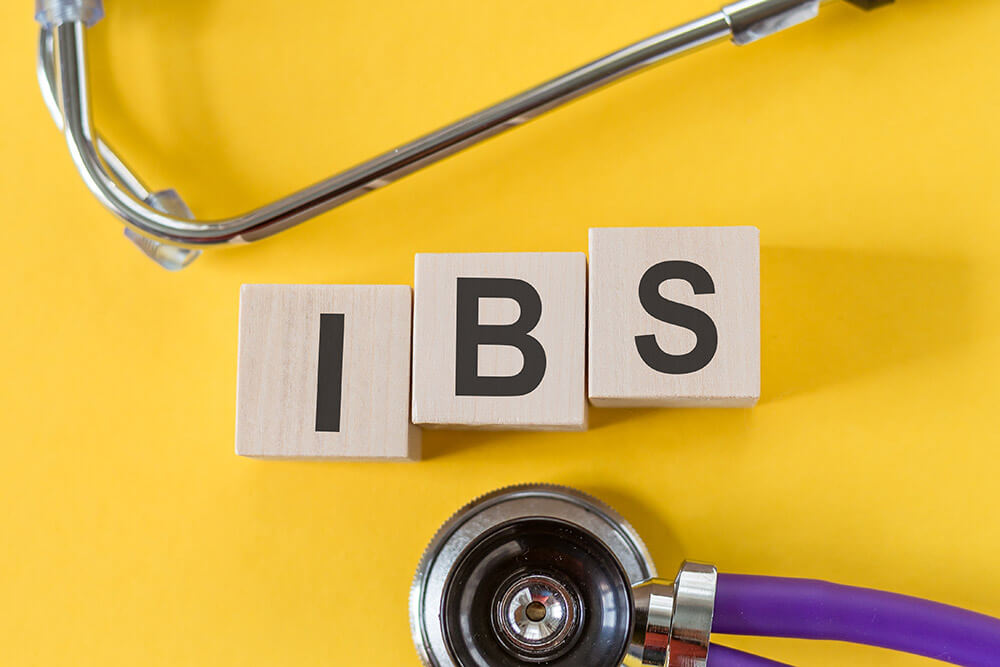Expert Treatment for Cirrhosis by Dr. Bharat Pothuri
Dr. Pothuri uses a step-by-step approach:
Medical History and Exam
He asks detailed questions about your epigastric pain-onset, duration, relation to meals, and any associated symptoms such as nausea, vomiting or weight loss. He then performs a focused abdominal exam to check for tenderness, masses or signs of gallbladder and pancreatic disease.
Blood Tests
We order lab work including a complete blood count (CBC), liver function tests, amylase and lipase to assess for pancreatitis, plus H. pylori serology or stool antigen if ulcer disease is suspected.
Imaging Studies
- Abdominal ultrasound evaluates the gallbladder, bile ducts, liver and pancreas for stones, inflammation or masses.
- Upper endoscopy (EGD) allows direct visualization of the esophagus, stomach and duodenum to identify ulcers, gastritis, reflux esophagitis or tumors.
Advanced Testing (if needed)
If symptoms persist despite initial workup, Dr. Pothuri may recommend gastric emptying studies for gastroparesis, esophageal pH-impedance monitoring for reflux, or endoscopic ultrasound to further evaluate pancreatic or biliary disease.

Frequently Asked Questions
What is cirrhosis?
Advanced scarring of the liver caused by long-term injury from alcohol, viruses, or fatty liver disease.
What symptoms appear?
Fatigue, jaundice, abdominal swelling (ascites), easy bruising, and confusion (hepatic encephalopathy).
How is cirrhosis diagnosed?
Blood tests, imaging (ultrasound, elastography), and sometimes liver biopsy confirm the diagnosis.
Can cirrhosis be reversed?
Early-stage fibrosis may improve with treatment, but established cirrhosis is generally irreversible.
What treatments are available?
Manage complications (diuretics for ascites, beta-blockers for varices), antiviral or alcohol-cessation programs, and transplant evaluation.
How often should I be monitored?
Regular blood panels and imaging every 6-12 months, plus variceal screening endoscopy.












